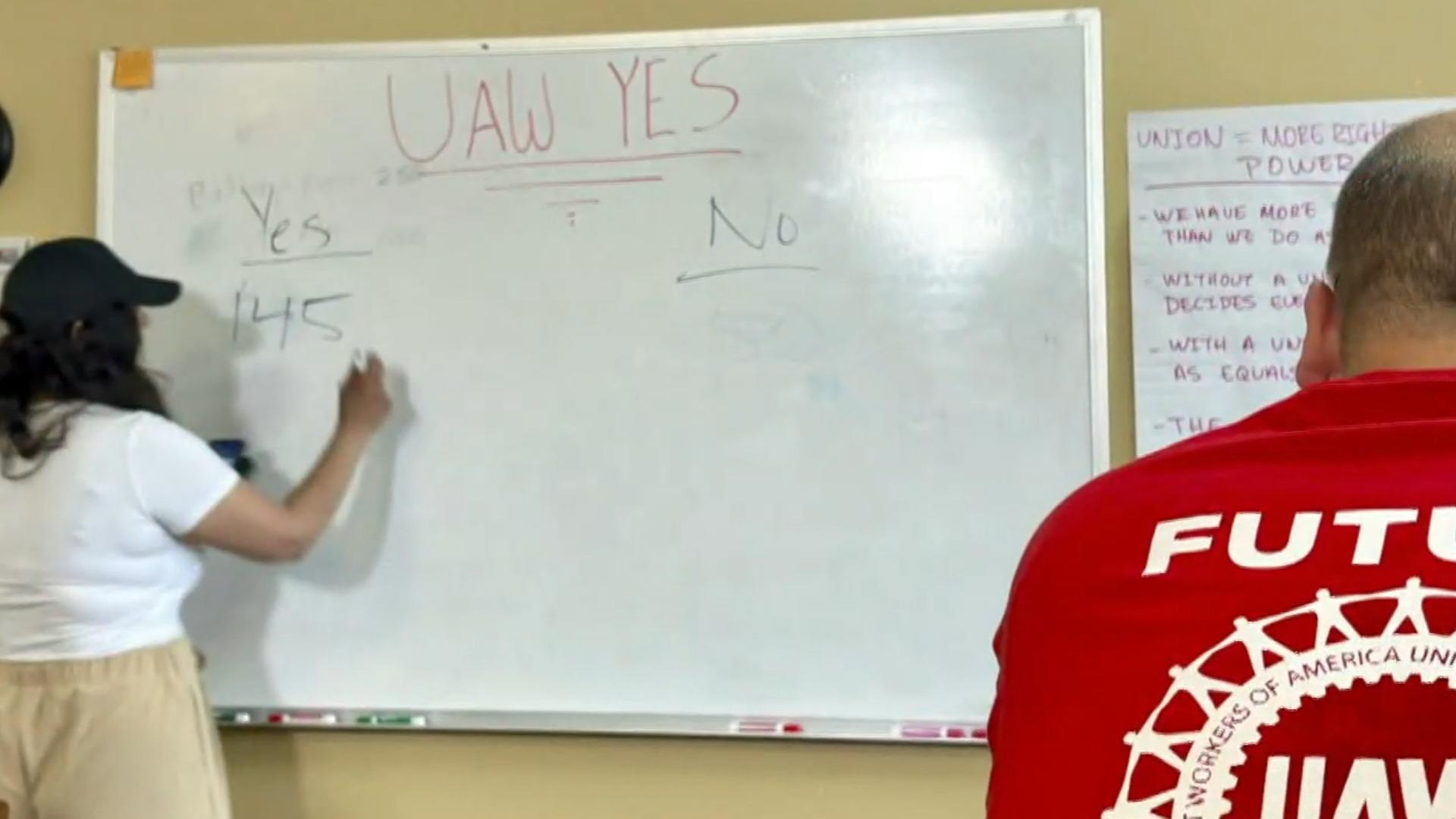Thousands of Mercedes-Benz workers in Alabama voted against joining the United Auto Workers (UAW) on Friday, marking a significant setback for the union. This vote comes just a month after the UAW achieved a notable victory at a Volkswagen facility in nearby Tennessee. Workers at the two Mercedes-Benz plants near Tuscaloosa voted 2,642 to 2,045 against joining the union, resulting in a 56% to 44% defeat, according to the National Labor Relations Board.

Challenges in the Southern States
The outcome in Alabama poses a challenge to the UAW’s efforts to expand its influence in the Southern United States, a region where it has historically struggled to gain a foothold. The Mercedes-Benz plants were expected to be a tough battleground due to the company’s anti-union campaign. In contrast, Volkswagen had remained neutral during the unionization efforts at its Chattanooga, Tennessee facility, where the union achieved a surprising and historic victory last month. This marked the first time a Southern car plant had unionized through a vote since the 1940s.
The union’s campaign in Alabama faced stiff opposition not only from Mercedes-Benz but also from local elected officials. Six Southern governors, including Alabama’s Kay Ivey and Tennessee’s Bill Lee, both Republicans, issued a statement last month condemning the UAW’s efforts in the region. They argued that unionization would hinder the growth of the American auto manufacturing sector and negatively impact workers.
UAW’s Ambitious Campaign
Despite the defeat in Alabama, UAW officials have been promoting an aggressive campaign to expand their membership. In recent months, over 10,000 non-union auto workers have signed cards supporting the UAW, and organizing campaigns have been initiated at more than two dozen facilities. This surge in activity follows a high-profile strike last fall by UAW workers against the Big Three U.S. automakers: Ford, General Motors, and Stellantis (formerly Chrysler). The strike, which resulted in significant financial losses for the companies and temporarily left thousands of workers out of work, ultimately paid off by securing historic wage gains and other long-sought reforms for the union.
Union Popularity and Membership Trends
While the U.S. labor movement has seen an increase in popularity, with attention-grabbing strikes making headlines, it has struggled to grow the share of the national workforce that belongs to unions. A Gallup poll last year showed that 67% of Americans approve of unions, the highest favorability since 1965. Despite this, union membership has been in decline. Only 10% of U.S. workers belonged to unions last year, a figure that has remained relatively unchanged from the year prior. This represents a steep decline from the peak of nearly 25% in the 1950s.

The UAW’s defeat in Alabama is a missed opportunity to bolster its membership, as a successful vote would have added approximately 5,000 workers to its ranks. Currently, the UAW claims a membership of roughly 400,000 workers. This latest setback highlights the ongoing challenges faced by labor unions in their efforts to organize workers, particularly in regions where opposition to unionization remains strong.
